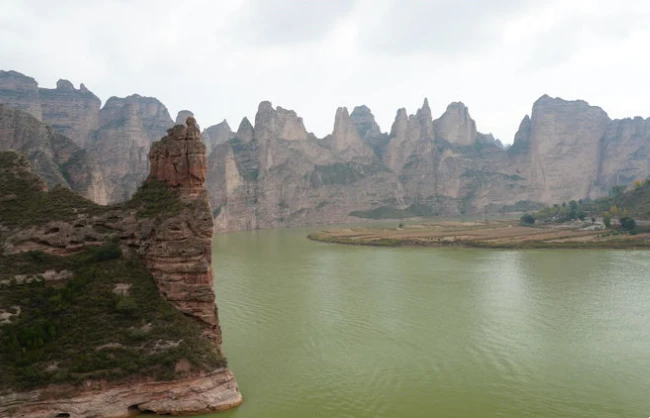Written by Veronica |
Bingling Temple Grottoes are found in the remote mountains of Gansu Province in China. The history of the site dates back to Western Jin Dynasty (265-316), over 1,600 years ago. “Bingling” in Tibetan means “Thousand Buddha,” so the grottoes are also called the “Thousand Buddha Caves.”
With an area of 239,000 square yards (200,000 square meters), Bingling Temple Grottoes is one of the ten largest grottoes in China. There are 183 caves, 694 stone statues, 82 clay sculptures, and 1076 square yards (900 square meters) of murals on site.
In 2014, Bingling Temple grottoes were included in the world heritage list as a significant site of the Silk Road. Standing beside the marvelous grottoes, you’ll also see the Yellow River flowing below and the mountains in the distance.
Fast Facts about Bingling Temple Grottoes
- Location: Yongjing County, Linxia Hui Autonomous Prefecture, Gansu Province
- Hours: 8:00-18:00
- Tickets: CNY 50
- Visit time: 3 or 4 hours
- Best time of the year: July to November
- Highlights: Thousand Buddha Caves, Maitreya Buddha Statue, stone pagodas, murals
- Suited to: history lovers, cave explorers

What to See and Do at Bingling Temple Grottoes
Thousand Buddha Caves
The main attraction of Bingling Temple Grottoes is the Thousand Buddha Caves. Throughout history, more than 183 caves have been dug into the cliffs. They all contain stone statues or clay sculptures of Buddha and other Buddhist deities. Sculptures made in different dynasties or periods of time are representative of their styles.
Maitreya Buddha Statue
The Maitreya Buddha Statue is the largest statue in Bingling Temple Grottoes, standing at 89 feet (27 meters) tall. It was built in Tang Dynasty, carved into the mountain walls. It is considered one of the most magnificent sculptures in China because of its details and exquisite craftsmanship.
Stone Pagodas
Bingling Temple Grottoes also have several stone pagodas unique to the region. These pagodas are carved from solid stone, have intricate patterns on them.
Murals
The murals in the grottoes are another highlight. Hidden inside the caves, painted on the mountain walls, they depict scenes from Buddhist scriptures and daily life during Western Jin Dynasty. Even after so many centuries, the murals are still well-preserved, with vibrant colors and intricate details.

Best Time to Visit Bingling Temple Grottoes
You’re free to visit Bingling Temple Grottoes all year round, but Gansu weather in winter can get pretty frigid. The best time for your Gansu tour to Bingling Temple Grottoes is generally from April to October when the weather is mild.
How to Get to Bingling Temple Grottoes
First take a flight or train to travel to Lanzhou, Gansu. Then take a bus or hire a car to Yongjing County. From there, take a boat ride along the Yellow River to Bingling Temple Grottoes. The boat ride takes about 40 minutes. You can see the surrounding mountains and slowly approach the grottoes from afar.
Attractions Nearby Bingling Temple Grottoes
Labrang Monastery in Xiahe County is one of the largest Tibetan Buddhist monasteries outside of Tibet. You’ll see its stunning architecture and amazing artworks.
Maiji Mountain Grottoes in Tianshui City is another famous grotto complex along the Silk Road. There are over 7,000 sculptures and murals at this site, dating back to Northern Wei Dynasty (386-534).







